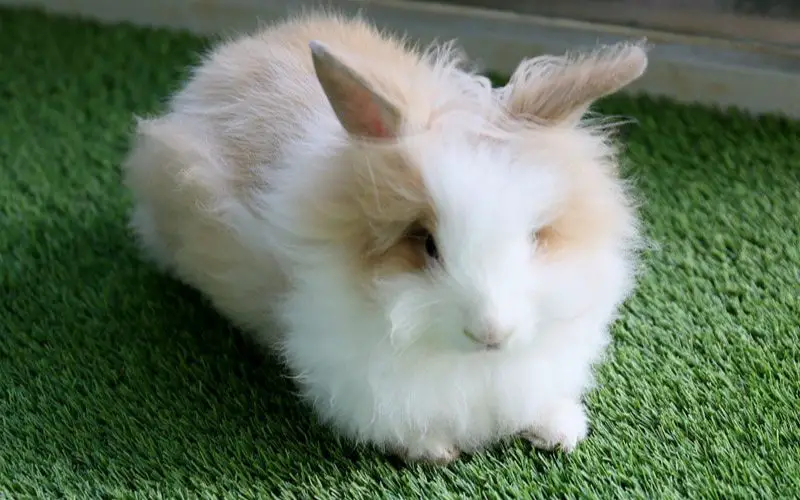Quite a few animals are on the verge of extinction, mainly due to human activities like unsustainable hunting, global warming, chemical pollution, degradation, and loss of their habitat. The list goes on. So are angora rabbits one of such animals?
No, not all angora rabbits are on the brink of extinction. Of all the 11 distinct species of Angora rabbits, only the German Angora is listed as an endangered species worldwide. Other breeds are considered “rare” and “heritage.” But by and large, Angora rabbits are not endangered.
Today we delve into the world of these bunnies. They are lovely animals to have around.
The Breeds Of Angora Rabbits
The Angora rabbit is believed to have originated from Turkey and is one of the first breeds of rabbits to be domesticated. This rabbit is bred mainly for its fluffy fur, used for making angora wool. There are 11 breeds of these rabbits, but only 5 of them are recognized by the American Rabbit Breeders Association (ARBA), and they are:
English Angora
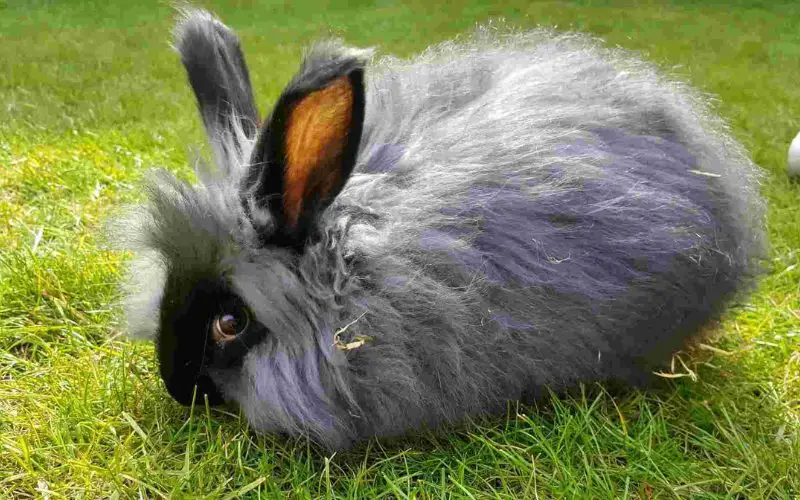
This breed is the smallest of all angora rabbits, weighing anything from 5 to 7 1/2 lbs at maturity. It has a unique face and ear, making it a favorite for the show table. They produce about 10 ounces to 1 pound of fiber yearly, requiring serious coat care to keep them free from mats and debris.
French Angora
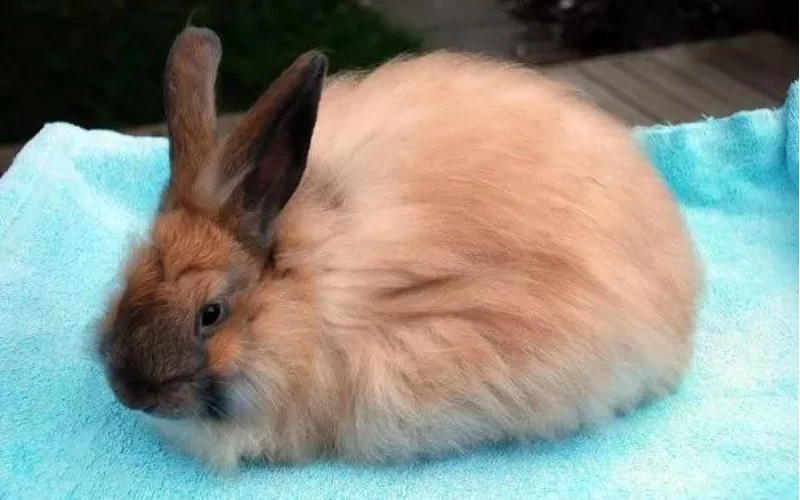
This breed of rabbits has more guard hairs than undercoat and weigh between 7 1/2 to 10 1/2 lbs. The extra guard hair gives the fiber from this animal a more intense hue. Another quality of this angora rabbit is that they molt naturally, making harvesting their fur relatively easy. You can get up to 1 pound of wool yearly.
Satin Angora
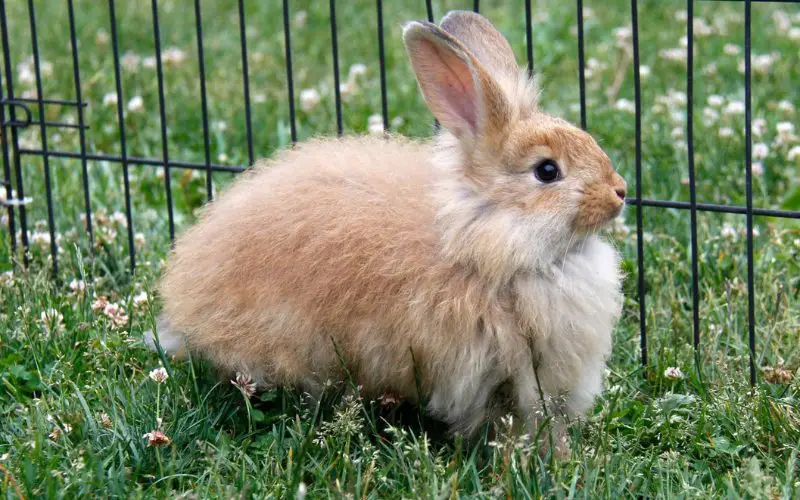
This breed is a cross between French Angora and a satin rabbit. It has a gleaming coat; hence, the wool yield is dense and easy to harvest. They can weigh from 6 1/2 to 10 pounds. It yields between 10 to 16 ounces of wool annually.
Giant Angora
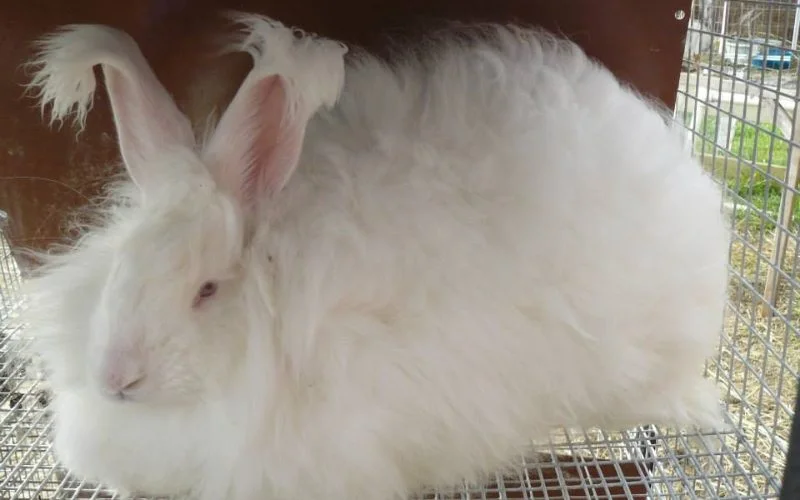
It is one of the enormous Angora rabbits that are there. It was created by crossing German Angoras with other breeds of rabbits, like the Flemish giant, and is mainly white. These rabbits never naturally molt or shed their hair. Instead, their wools are harvested by hand shearing.
German Angora
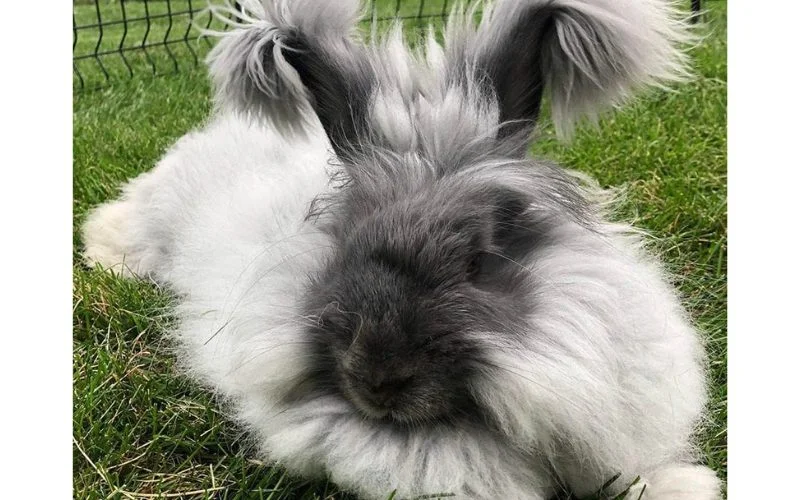
This breed is ideal for fiber and is usually confused with Giant Angora because of its size. They can weigh up to 11 1/2 pounds and yield up to 4 1/2 pounds of wool annually. German Angoras have a similar facial resemblance to English Angoras.
Are Angora Rabbits Endangered?
The solution to this question is not a definite Yes or No, because of the 11 breeds of Angora. It is only the German Angora that is considered an endangered species. For instance, currently, in New Zealand, there are just about 200 pure breeds of German Angoras and New Zealand. It is alarming because New Zealand used to have many German Angoras in the not-so-distant past.
By and large, Angora rabbits are still among the most common and popular rabbits reared for the silky wool they yield. They also make very excellent show rabbits. But other Angora rabbits are not endangered. Still, they are considered as “rare” or “near threatened” an example is the European Rabbit (Oryctolagus cuniculus) which is believed to be heritage or almost threatened.
How German Angora became endangered.
Animals are only threatened or extinct with the influence of the environment, humans, and how our activities modify the lives and habitats of these animals. The German Angoras, which are classified as ” endangered,” were not so less than a century ago.
The German Angoras, first bred in 1777, became popular during the First World War because of the demand for their dense and long wool. But the consequence of this “grade A” quality of wool was the fact that it led to the reduction in the fertility of these rabbits. Some of them became sterile because they were made to go beyond their capacity, which affected the German Angora’s reproduction rate. The consequence is that fewer and fewer of these rabbits were bred.
As if this was not enough to bring about the decline in the population of German Angoras, China entered the German Angora fiber market, produced a lot of cheap Angora fiber, and flooded the market. With the fiber supply so great, its value dropped to the point that many farmers, especially in New Zealand, could not break even in rearing these German Angoras for wool since the money they realized from the sale of the fiber was minor compared to their cost of rearing the rabbits.
The unsustainable Angora rabbit farming made so many farmers cull their rabbits, and this drastically reduced the population of these rabbits significantly, so much so that only a fraction of the Angoras that were reared before were left alive, and this in no small way contributed to the decline in the population of the German Angora Rabbit. Today, these few rabbits are considered pets by many people.
Some of the German Angoras that survived were crossed with English Angoras to get the German/English Angora rabbit, but the cross all died out in the long run. A few commercial German rabbitries hold the few pure breeds of German angoras in New Zealand.
Important Things To Note About Raising An Angora Rabbit
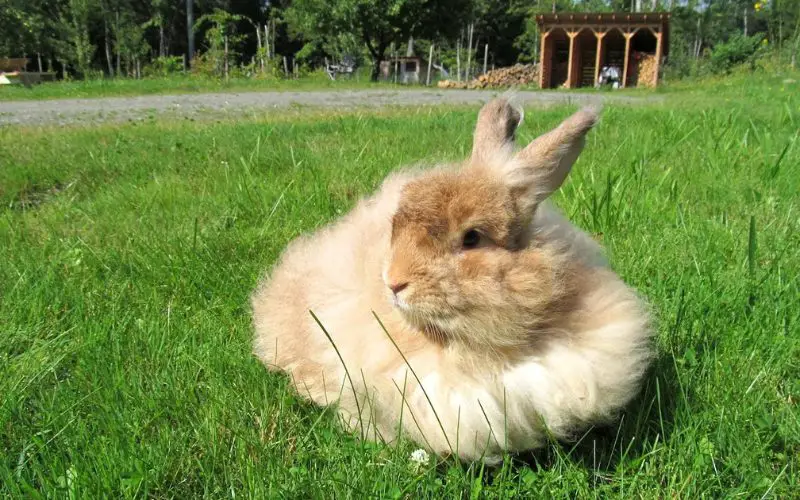
Raising an Angora rabbit is relatively easy but requires a lot of care and attention.
Setting Up The Cage
Rabbits require a reasonably large cage where they can live, even if you keep them indoors or outside. It would be best if you had a cage that gives them enough room to move about so that they remain healthy. A cage size 36 inches wide by 30 inches deep and 24 inches is ideal for a giant rabbit.
If your Angora rabbits are littering, you must provide a nest box large enough for the rabbit to enter and build a nest. An ideal box should be 12 inches long, 18 inches wide, and 8 inches deep.
You should also provide a clean food dish that does not have sharp edges and does not rust or crack. It would be best to make a plastic or durable glass bottle with a drinking tube available to hydrate your pets.
The bedding Angora needs in their cage should be very soft and comfy, as this will give their feet a soft landing as they move about. This bedding can be wood or paper bedding. Making timothy hay available for these rabbits to chew on is a great idea.
Feeding
Rabbits require a good supply of nutrients to be healthy and strong. Angora rabbits eat various foods, including vegetables, commercially formulated pellets, fruits, etc. Rabbits’ digestive systems are susceptible; hence, they need only a few commercial pellets with high calories. Twigs, hay, shrubs, and new grass suit Angora rabbits.
Breeding
For first breeding, Angora female rabbits should be less than one year before they are bred. Their gip bone is wide enough for the baby rabbits to pass through at nine months. The male for mating should have high-quality fiber and a gentle disposition because they are good traits to pass on to their children.
Mating for the first time for angoras can be difficult, but as they keep practicing, they can become perfect in copulation. But you must ensure that the mating takes place in the male’s cage and not in the female’s cage because the female might attack the male if it is placed in her cage for mating.
Before you take the female Angora for mating, ensure it is in heat or estrus. If her vulva is red and swollen, she is ready to mate with the make. Some female angora rabbits can mate anytime, while others can only mate a few days a month in estrus.
If the male angora rabbit can’t figure out how to copulate with the female, then guide it to the right side of the rabbit, and in due time, he will figure out what to do.
Pregnancy And Giving Birth
Angora rabbit goes through a pregnancy period of 31 to 33 days, and the doe ( the pregnant rabbit) can give birth to anything from 1 to 12 young kittens. Rabbit can become pregnant in less than a week after kindling ( putting to young bed rabbits), but it is best to give the do a reasonable amount of time, at least four weeks, for it to recover.
Most Angora is a perfect mother who can care for their babies very well. Maternal hormones loosen the hair and allow the mother rabbit to pluck it out over her nipples, allowing the kittens to suck through the mammary gland. Mother rabbits only nurse their kittens once or twice daily. Within 4 to 6 weeks, the kitten is weaned. Now they can be introduced to the regular food other rabbits eat.
Why Raise Angora Rabbits
You will want to raise these furry little cuties for many reasons, aside from the fact that they are excellent playful, and docile pets, raising them to have the following merits.
1. As a wool producer, you don’t have to kill the animals to get the wool. There is hurting of the animal in the course of shearing the rabbits.
2. Because rabbits are relatively small animals, you only need a little space to raise them. That means you can raise them in the urban and suburban homestead.
3. Angora rabbits are relatively inexpensive to feed. They eat about 4-8 ounces of pellets daily.
4. Breeding is simple, and reproduction is fast. In about a year of raising two females and 1 make Angora, you can get as many as 50 young ones.
5. It is a simple and relaxing task shearing angora rabbits, contributing to the rabbits’ welfare.
6. The wool or fiber from Angora rabbit wool is in high demand and is considered the top drawer in the fiber production market.
Conclusion
Angora rabbits are some of the best rabbit specie to grow because they are prolific, docile, and a money spinner. They are very thick and long for which, cis-sheared, and used in making wool for clothing. The wool is better than what you get from other animals.
You May Also Like:
- How To Keep Skunk Out of Your Yard
- How to Stop Foxes from Jumping Fences
- What to Do with Deer Poop in the Yard?
- How to Keep Possums Away from Your Yard
- How to Attract Flying Squirrels to Your Backyard
Of all the 11 breeds of Angora that there are, only the German Angora is classified as ‘endangered,” while a few others are rare or heritage. However, all other breeds of Angora have a vast population globally.
Follow us on Facebook, Instagram, and Pinterest for more updates

